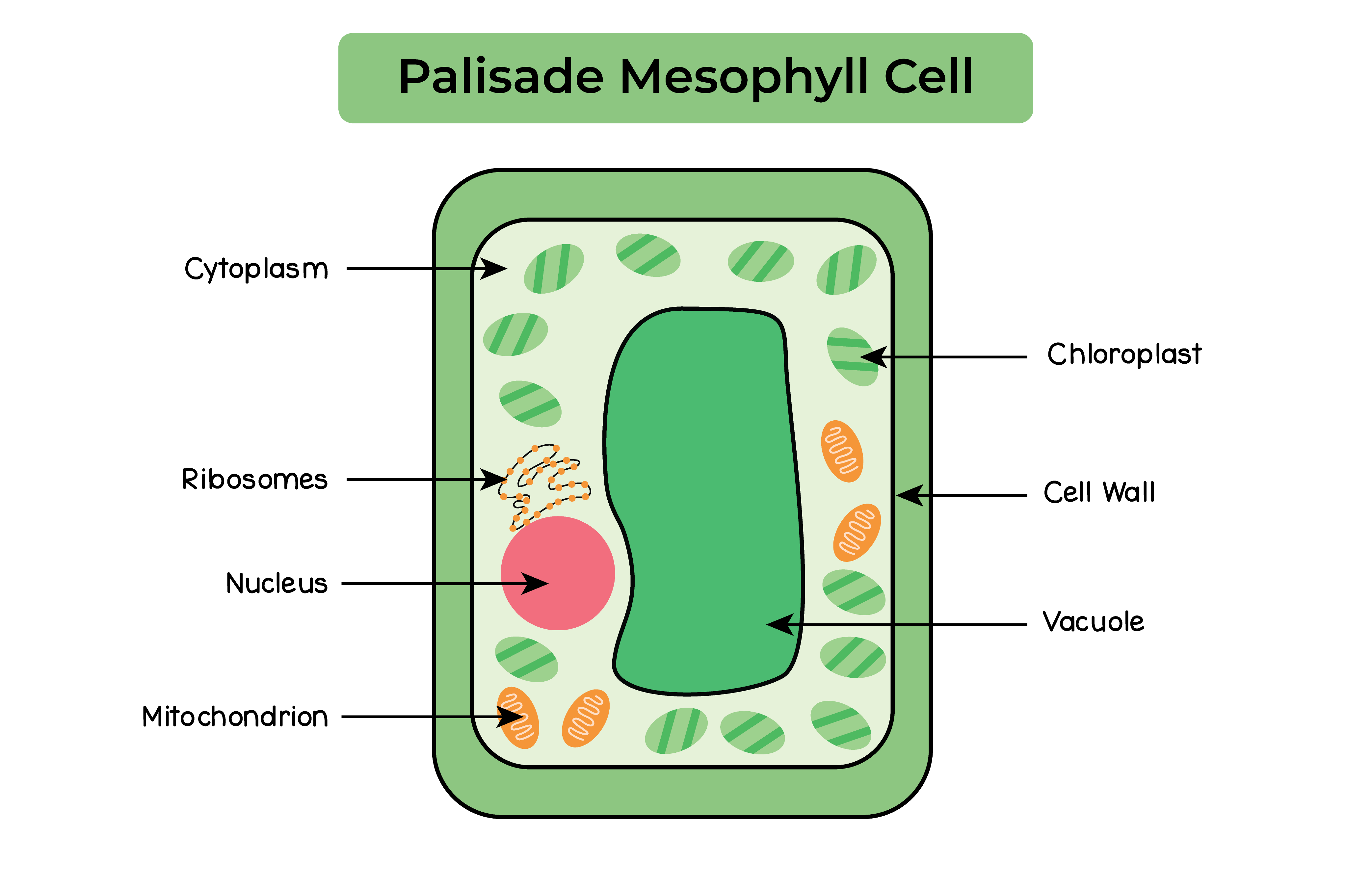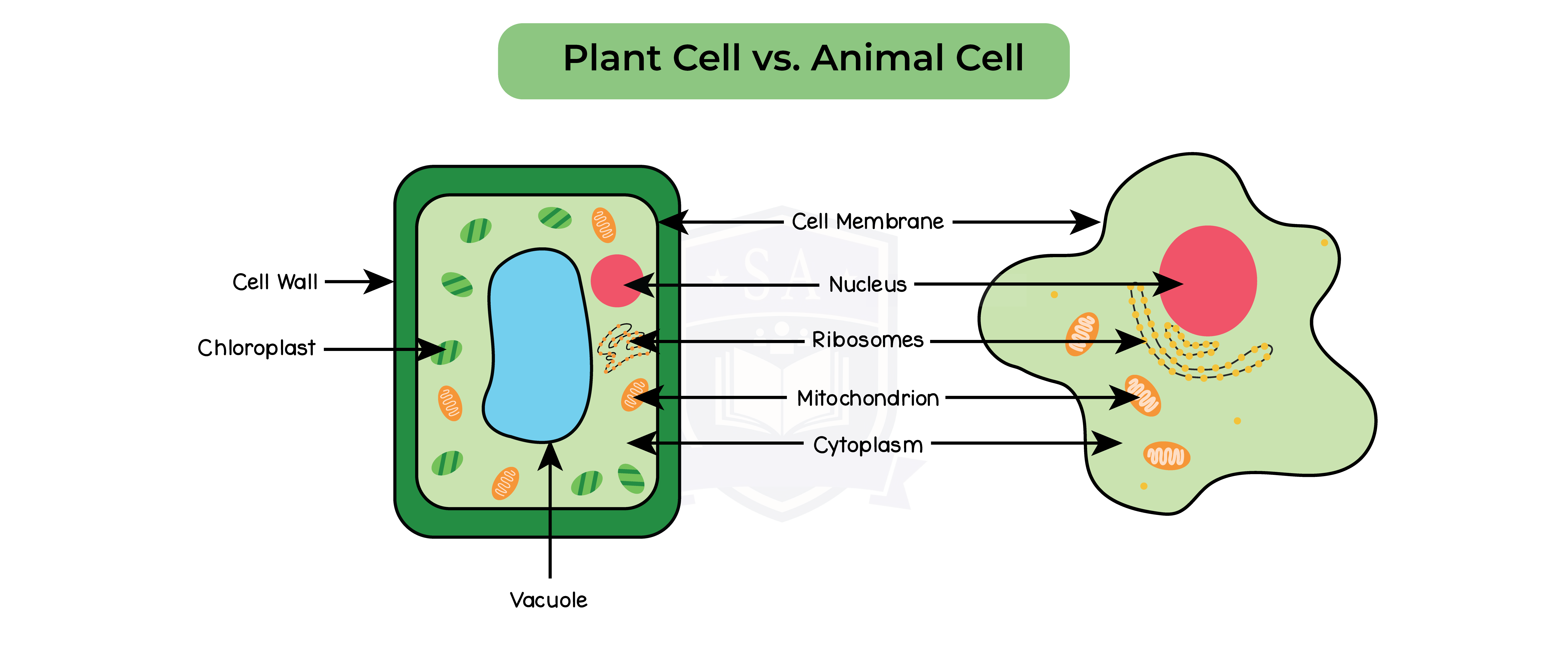REVISION NOTES
2.2.1 Describe cell structures, including the nucleus, cytoplasm, cell membrane, cell wall, mitochondria, chloroplasts, ribosomes and vacuole

2.2.2 Describe the functions of the nucleus, cytoplasm, cell membrane, cell wall, mitochondria, chloroplasts, ribosomes and vacuole
2.2.3 Know the similarities and differences in the structure of plant and animal cells

2.2.4B Know the similarities and differences in the structure of plant and animal cells
Specialised cells:
Cell differentiation:
2.2.5 Understand the advantages and disadvantages of using stem cells in medicine
Stem cells:
Type of stem cells:

© 2025 Studia Academy. All rights reserved.